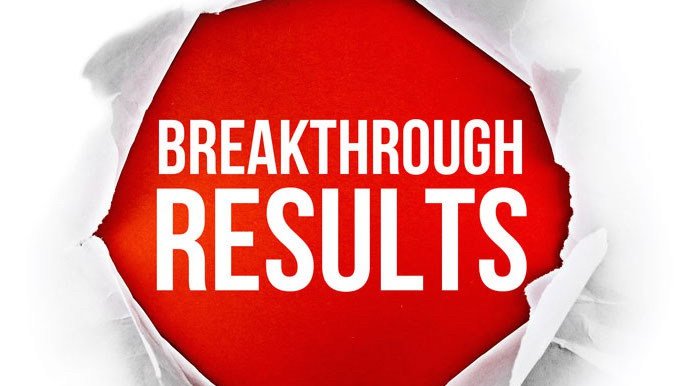Jeanne walked out of the CEO’s office in a daze. Tom had just reviewed the results of the annual employee opinion survey with her. Scores had plummeted, and verbatim comments were harsh. Employees reported low morale as well as distrust of Jeanne and her senior leadership team. As the Chief Information Officer responsible for an Information Technology organization of hundreds of professionals whose responsibilities impacted every corner of the company, this was bad news for Jeanne. Her department was leading a systems upgrade that was the first phase of a company-wide reengineering initiative, which was critical to improving the company’s profitability. And, employee buy-in was essential to its success.
Thus begins my chapter, “Communicate to Win,” published in the business anthology Breakthrough Results. It’s a true story—although I’ve changed the characters’ names to ensure their privacy—about how one CIO faced the harsh reality of low morale within her IT department and a poor reputation throughout the organization. When I met Jeanne, it was one of those career-defining moments, and she was shaken. Together we wrestled with the central question: What would she do with the survey feedback? And how could she turn the tide of cynicism among her people?
If you’ve coached a business leader in the same situation, you know that before you can even propose a strategic communications solution, you need to accompany the leader through some tough decision-making. In our practice, we look to draw out three key traits in leaders to help them prepare for change:
- Courage – Is the leader able to acknowledge the facts as they are? Can he or she work through an initial, emotional response and empathize with the information employees have shared in the survey?
- Optimism – In the face of tough findings, is the leader able to see a way forward to a better state? Are there glimmers of positive feedback that shed light on what employees themselves think would make things better?
- Resiliency – Does the leader have the power to bounce back? Is he or she able to take counsel to determine what steps to take to drive change?
When I came alongside Jeanne on her journey, we took the time to work through decision points that helped her clarify and communicate the business case for making changes to the way she communicated with her senior leadership team and her employees around the country. Jeanne was able to communicate to win because she found the courage, optimism and resiliency that the change required. Using VTLO’s framework for effective communications, she improved employee engagement in her own department and became the company’s model for how to achieve high morale during times of intense change.
If you’re interested in how your leaders can leverage the power of communication – without additional expense or a “flavor of the month” campaign – I invite you to join me at the IABC Heritage Region Conference to learn more. I’ll be conducting a workshop on Monday, October 10, where I’ll explore the nuances of working with leaders and a four-step approach for ensuring success.



